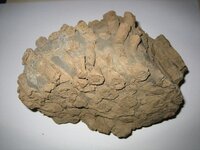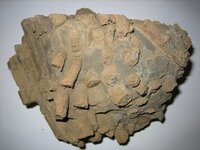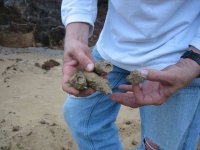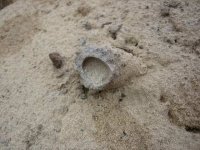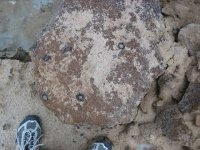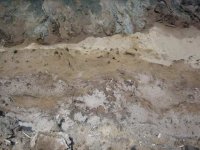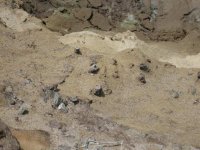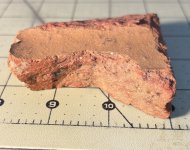T
T Vernon
Guest
Found this fossil at +9,000 ft in elevation. I love to hunt fossils and rock hound but am still not 100% sure of the ID of this one. I won't try and guess I will just ask if you know the name.
Thank you,
Travis
Thank you,
Travis


